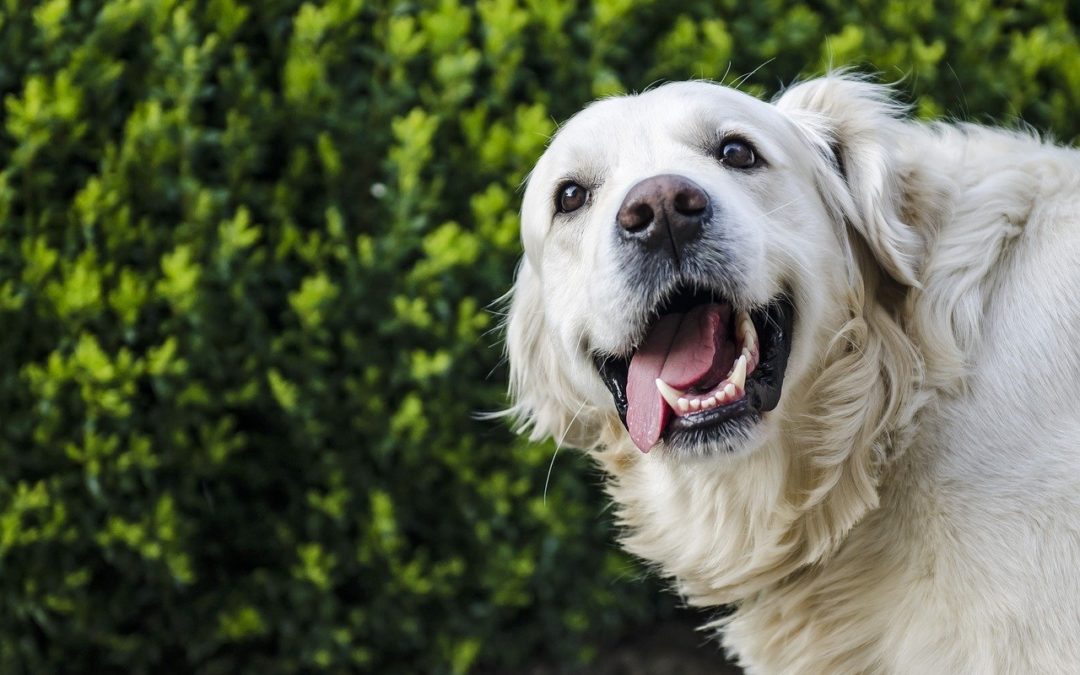Proper dental care can detect dental disease that not only affects the mouth, but can also lead to more serious health problems such as heart, lung, and kidney disease. Good dental hygiene is just as important for pets as it is for humans. Yet, it is one of the most overlooked areas in pet health. Studies by the American Animal Hospital Association (AAHA) reveal that nearly two-thirds of pet owners do not provide the dental care recommended by veterinarians. AAHA’s Dental Care Guidelines for Dogs and Cats are a working framework for small animal dentistry practice, including dental examinations, cleanings, and surgical procedures.
Periodontal Disease
Periodontal disease is an infection of the tissue surrounding the teeth that takes hold in progressive stages.
How It Starts and Progresses
Periodontal Disease starts out as a bacterial film called plaque. The bacteria attaches to the teeth. When the bacteria die they can be calcified by calcium in saliva. This forms a hard, rough substance called tartar or calculus, which allows more plaque to accumulate. Initially, plaque is soft and brushing or chewing hard food and toys can dislodge it. If left to spread, plaque can lead to gingivitis, an inflammation of the gums, causing them to become red and swollen and to bleed easily. As plaque and calculus develop below the gum line, professional cleaning will be needed to help manage it. If the plaque and tartar buildup continues unchecked, infection can form around the root of the tooth.
In the final stages of periodontal disease, the tissues surrounding the tooth are destroyed, the bony socket holding the tooth in erodes, and the tooth becomes loose. This is a very painful process for your four-legged friend, but these problems can be averted before they start with proper dental care.
Oral Examinations
AAHA recommends that veterinarians evaluate puppies and kittens for problems related to deciduous (baby) teeth, missing teeth, extra teeth, swelling, and oral development. As pets age, your veterinarian will examine your pet for developmental anomalies, accumulation of plaque and tartar, periodontal disease, and oral tumors. The veterinarian can perform a basic oral examination while pets are awake. However, short-lasting anesthetic is required for a more complete examination.
Some physical sign that my pet has a dental problem?
Pets’ breath isn’t normally great smelling, but if it becomes particularly offensive, it could be a sign of a serious oral problem. Other signs include excessive drooling, loose teeth, tumors on the gums, and cysts beneath the tongue.
Come see us for our Dental special, 15% off the month of August!
content provided from HealthyPet.com and AAHA

